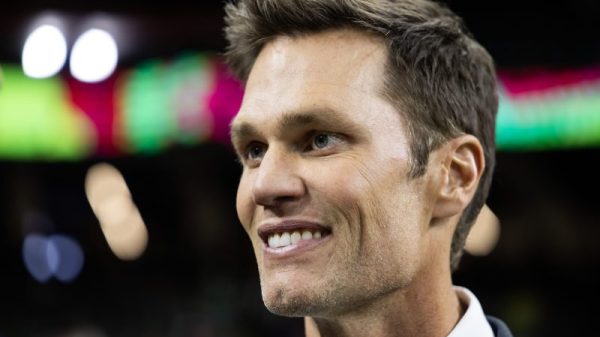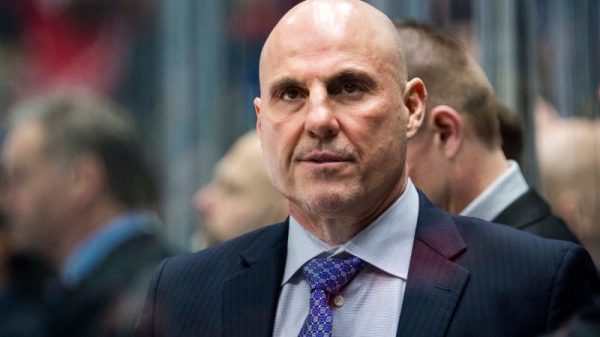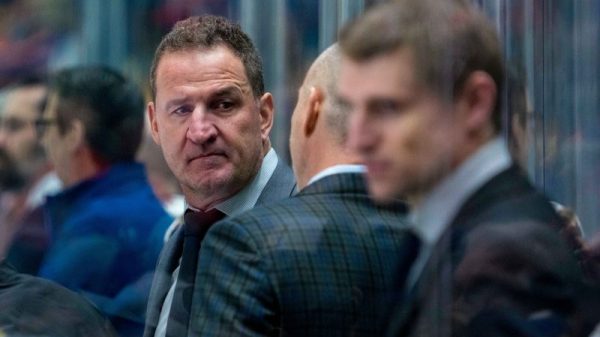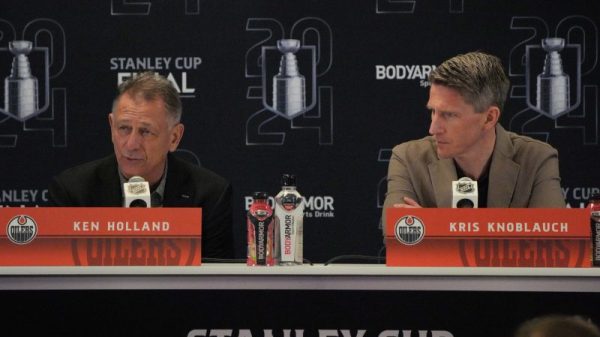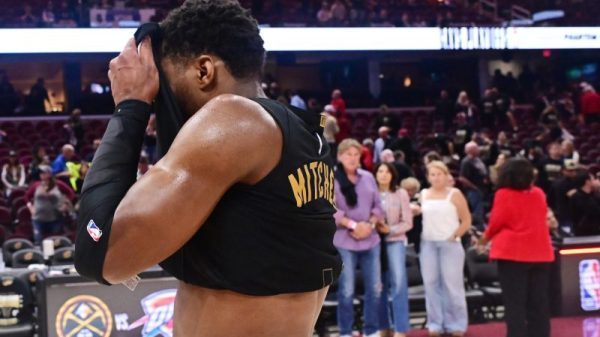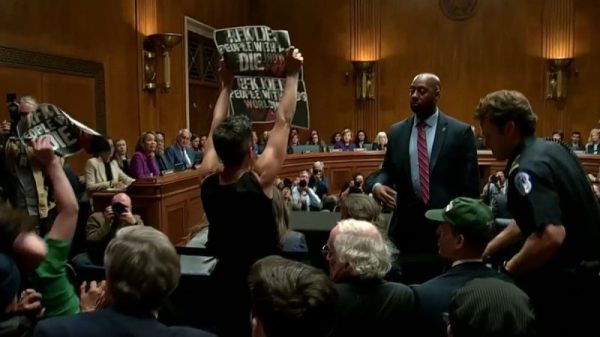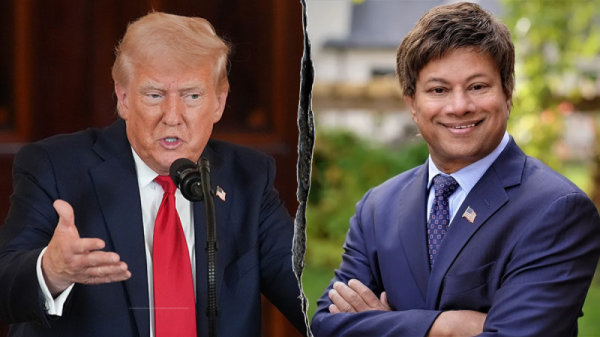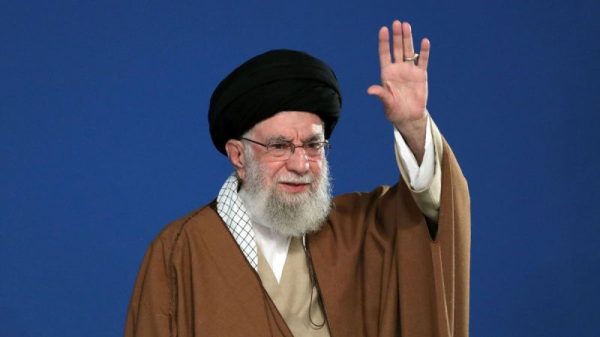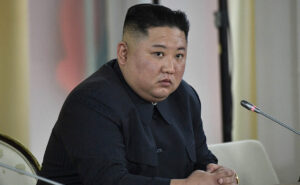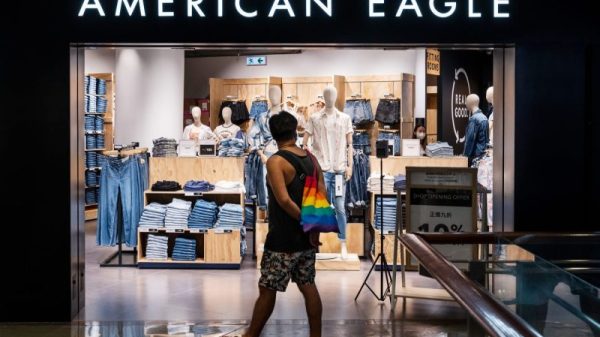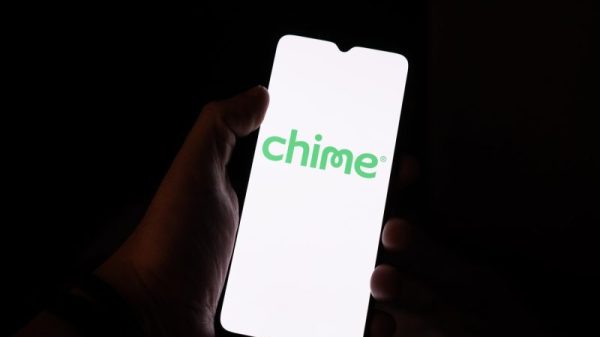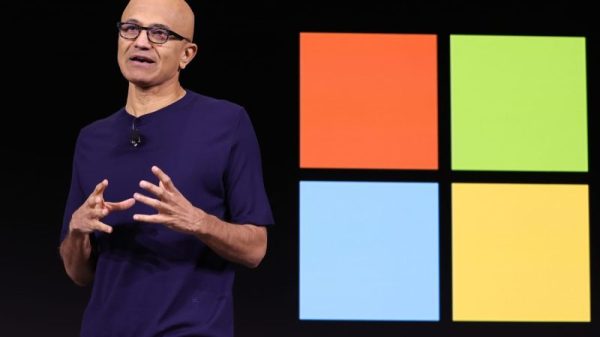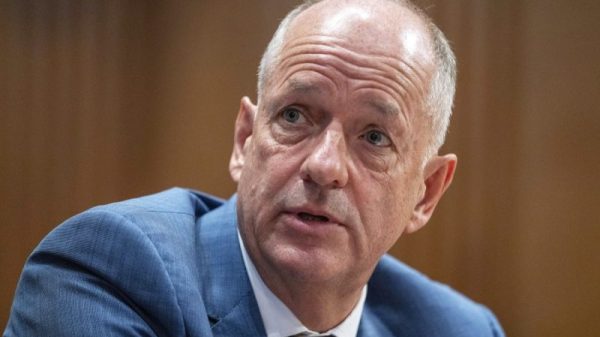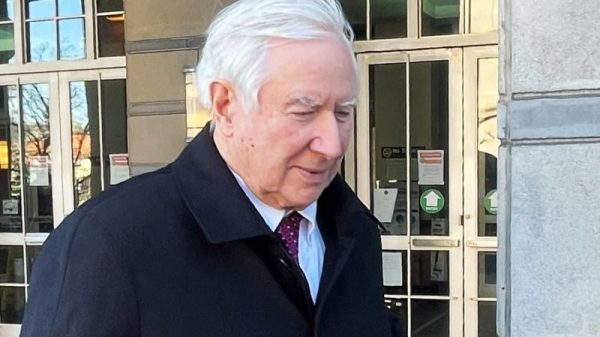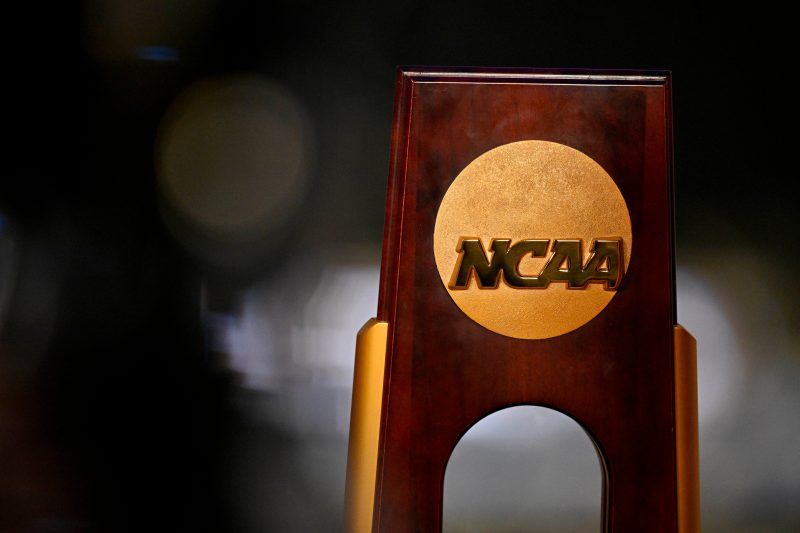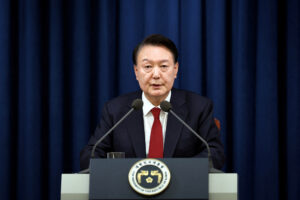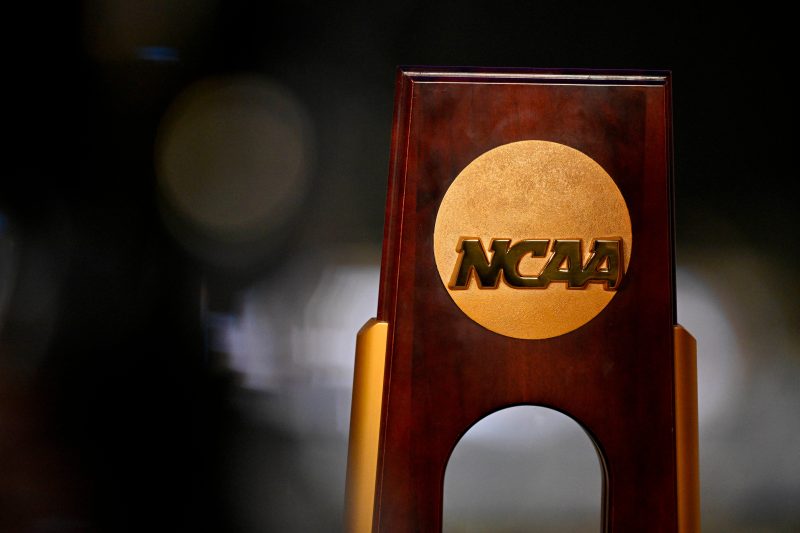
Objectors to the proposed settlement of three athlete-compensation antitrust cases against the NCAA and the Power Five conferences have argued in new filings that even a recently amended version of the deal remains unfair to athletes who could lose their places on teams due to sport-by-sport roster limits that are part of the agreement.
The limits had been set to go into effect on July 1 for any school that chooses to participate in another feature of the agreement: paying athletes directly for the use of their name, image and likeness (NIL). But on April 23, U.S. District Judge Claudia Wilken refused to grant final approval, saying in an order that the roster arrangement is “not fair” because thousands of athletes who are supposed to be benefiting from the deal stood to lose their places on teams after the current school year.
She gave the sides two weeks to address her concerns, and wrote that one solution would be “to ensure that no (athletes) who have or had a roster spot will lose it as a result of the immediate implementation of the settlement agreement.”
On May 7, lawyers for the plaintiffs, the NCAA and the conferences wrote that they had agreed to a setup under which schools would have the option to exempt from the limits any athlete who was on a roster in 2024-25 and who has been or would have been removed for 2025-26 because of the limits for the remainder of their college careers. It also would let schools similarly accommodate any high school senior who was ‘recruited to be, or was assured they would be’ on a Division I school’s roster for the 2025-26 school year.
However, this would not remove the roster limits from the settlement. And this would not require schools to keep all of their current athletes on their rosters. Lawyers for the NCAA wrote that ‘there are no guarantees’ that these athletes ‘will get or maintain roster spots. But that does not adversely affect any’ athlete, the NCAA said, because athletes’ roster spots always have been ‘at the discretion of the coach’ and the school.
In filings on May 9 and May 13, three lawyers for objectors who had been allowed by Wilken to have input in how the agreement would by modified, separately argued, basically, that athletes have been on teams or promised spots should be assured that they will not lose those positions because of the limits.
“A settlement like this one, which vests (the schools) with ‘discretion’ to provide relief – or not – is no settlement at all,” wrote a group represented by Chicago-based attorney Steve Molo. “Indeed, numerous Objectors are hearing that schools have no intention of relaxing roster limits at all, leaving many student-athletes in the same position as under the settlement (Wilken) rejected as unfair.”
Molo’s group proposed that all athletes currently on a roster or promised a spot should not count against the limits for the duration of their careers. This group said schools would have the discretion to cut athletes “for legitimate reasons unrelated to the roster cap, such as conduct violations and poor athletic or academic performance,” but if there is dispute about this, the athlete could ask for an arbitrator to decide the matter.
Another objector lawyer, Laura Reathaford, argued for mandatory grandfathering of current athletes and of high school seniors who had “accepted an offer” to join a team in 2025-26 until their eligibility expires.
“By making grandfathering … optional, the (athletes) are still not treated equitably relative to each other and relief is not being provided to each (athlete covered by the settlement) as the law requires,” she wrote. “Instead … conflicts persist by protecting some athletes while leaving the others exposed.”
A third group of lawyers led by Denver-based attorneys Douglas DePeppe and Robert Hinckley endorsed the other objectors’ proposals but argued for what they termed “a formal grievance” and “oversight” system.
The plaintiffs, the NCAA and the conferences can respond to these in arguments they must provide to Wilken no later than May 16.
Wilken has written that she was inclined to approve the rest of the deal over a variety of other objections. That means she already was otherwise prepared to accept an arrangement under which $2.8 billion in damages would be paid to current and former athletes — and their lawyers — over 10 years, and Division I schools would be able to start paying athletes directly for use of their NIL, subject to a per-school cap that would increase over time and be based on a percentage of certain athletics revenues.

